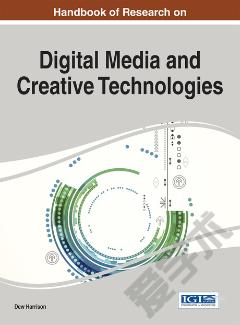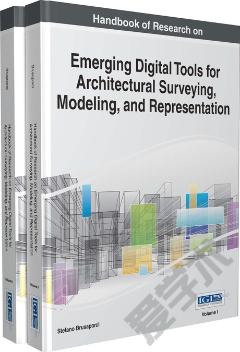Handbook of Research on Emerging Technologies for Digital Preservation and Information Modeling
This contribute aims to explore 3D modelling and its practical applications investigating scales of representation and scales of contents from architecture to landscape. The goal of this approach is to test the flexibility of modelling tools to different fields of application and to draw shared methods, even if they are applied in so different context. Changing the scale, is obvious, the language changes - because it is necessary to recompose symbolic and iconographic elements - themes and scales of representation change. So is possible to pave the way to strictly disciplinary thinking on outcomes and on instrumental and methodological guidelines for further research. The topic focuses on developing guidelines and creating a simple three-dimensional model designed to represent both the complexity of the "cultural heritage" morphology, as well as the need to manage the process of restoration in all its phases: from first findings to the restored final output
{{comment.content}}








 京公网安备 11010802027623号
京公网安备 11010802027623号